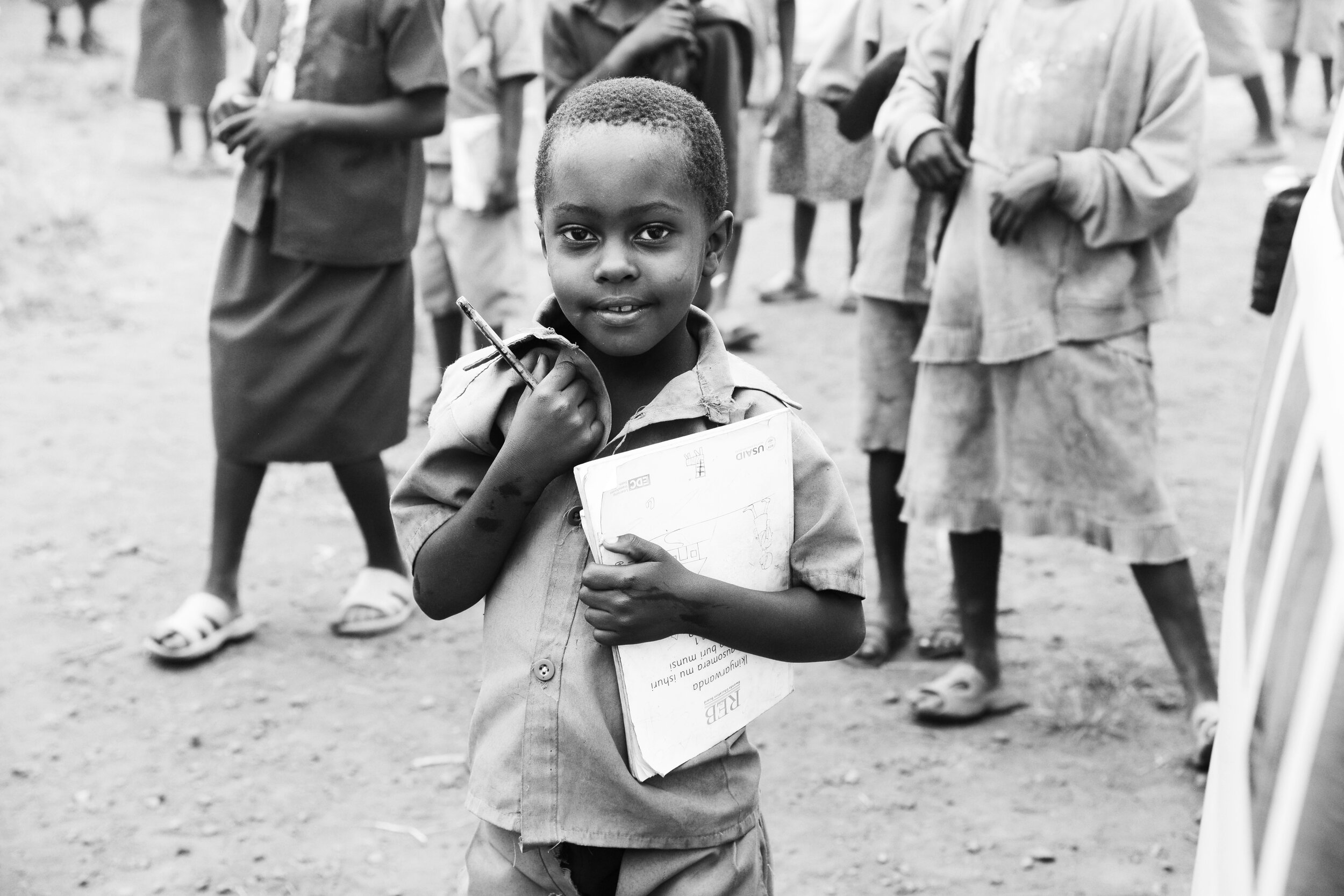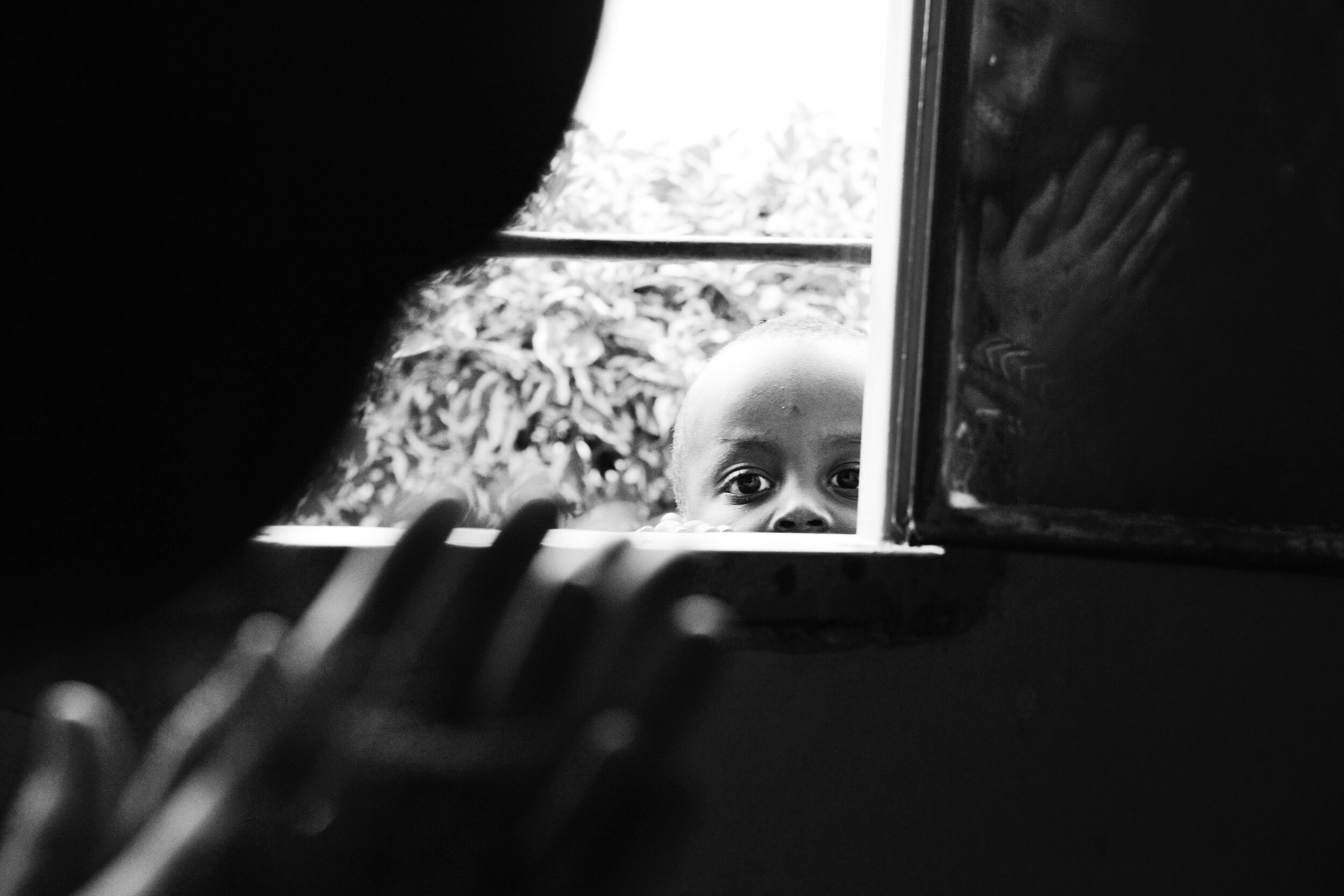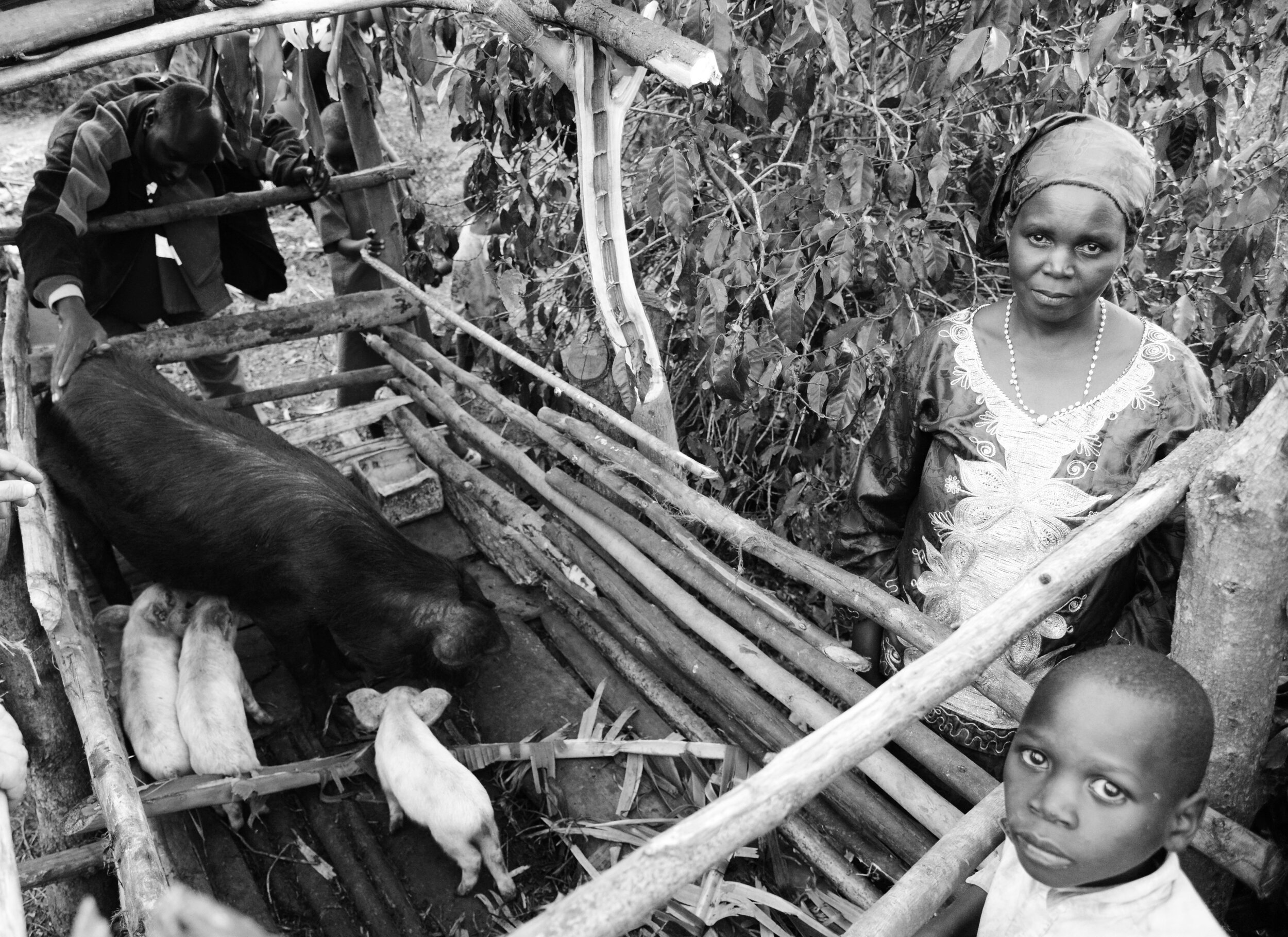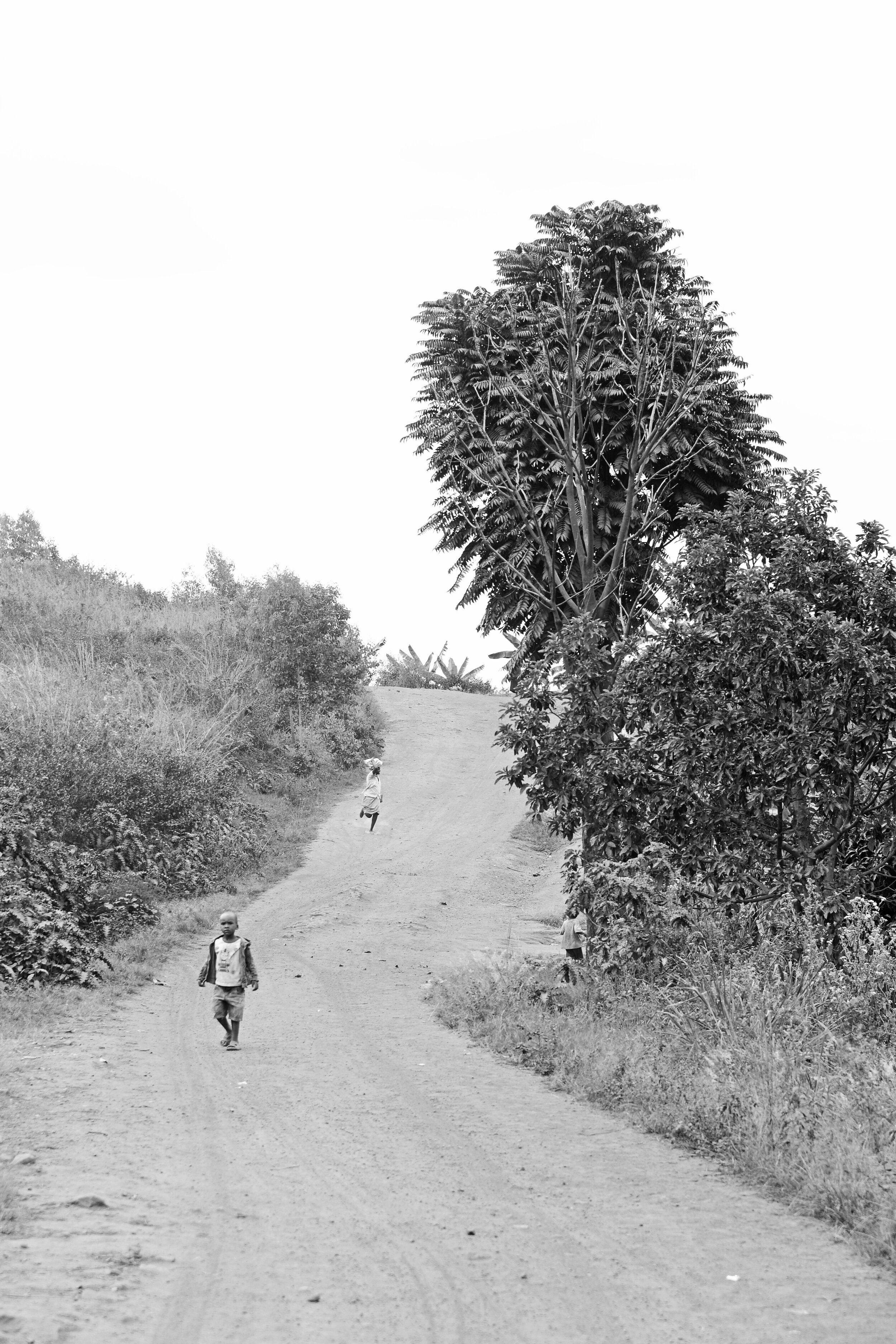A New Generation: Life in Rwanda Twenty Years after the Genocide













By Enni Kallio
“A New Generation: Life in Rwanda Twenty Years after the Genocide” by Enni Kallio was the winner of YJIA’s 2015 Photo Essay Contest.
Kwibuka? Remember? On April 6, 1994 the airplane carrying the President of Rwanda, Juvénal Habyarimana, and the President of Burundi, Cyprien Ntaryamira, was shot down. Everyone on board was killed. During the one hundred days that followed, previously inconceivable violence targeting Tutsi civilians and moderate Hutus overtook the country. The violence built upon Rwanda’s history of ethnic discrimination and a series of previous smaller conflicts. Between eight hundred thousand and one million men, women, and children were massacred. Kwibuka? Remember? “If you must remember, remember this…The Nazis did not kill six million Jews…nor the Interahamwe kill a million Tutsis, they killed one and then another, then another…Genocide is not a single act of murder, it is millions of acts of murder” (Kigali Genocide Memorial Center).
Rwanda faced numerous challenges in the aftermath of the bloodshed. Wartime rape led to a spike in HIV infections and unintended pregnancies. Women were widowed, children were orphaned, and entire families were lost. The country’s infrastructure was in shatters, and millions of Rwandans lived in refugee camps in neighboring countries.
Two decades after the genocide, life in Rwanda looks very different. Certainly, regarding political and civil liberties, the country has a long way ahead. But the economy is prospering—the construction of roads, health centers, schools, and commercial buildings clips along at a fast pace. A variety of crops cover the country’s hillsides, including cassava, potatoes, bananas, beans, and sorghum.
Many people have returned to their homes and are working toward a better Rwanda. A new generation of Rwandans is growing up in a country that has a dark history but seemingly promising future. The government has improved its health policies and promoted awareness of HIV/AIDS. School enrollment rates are high, and Rwandans are increasingly pursuing education as a pathway out of poverty. Religion and faith play an important role in the majority of Rwandans’ lives. Through faith, they have been able to create communities that are peaceful with one another. On Sunday mornings, singing emanates from churches, people dance, and songs of joy echo from the hills and valleys all across Rwanda.
About the Author
Enni Kallio is a photographer from Finland where she studied photography at Espoo School of Arts. She is currently pursuing a Master of Environmental Management at the Yale School of Forestry and Environmental Studies. More of her photography is available at the following link: http://enniiida.wix.com/photography